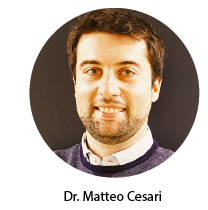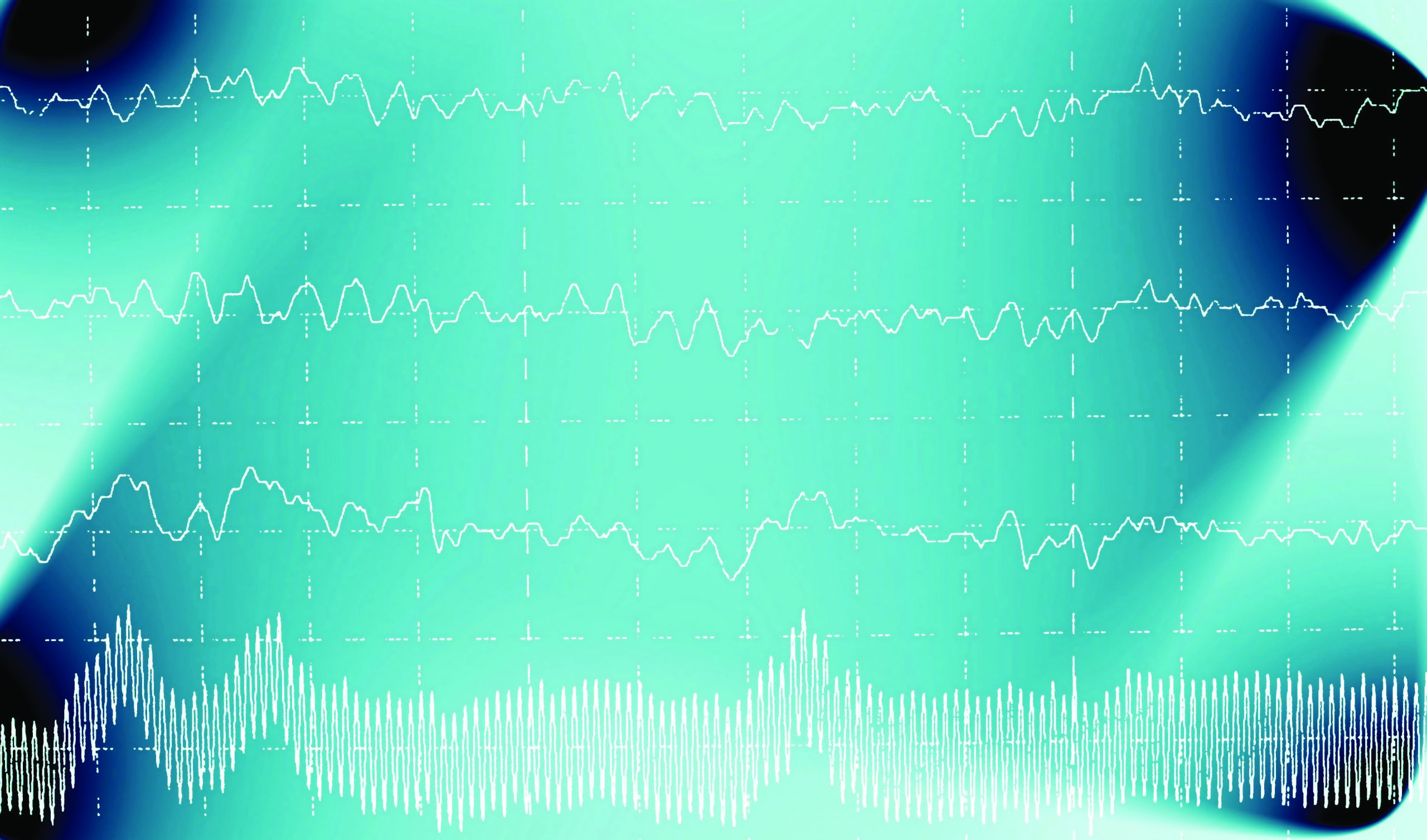How AI is changing the field

Artificial Intelligence (AI) consists of computer programs that perform decision-making and pattern-recognition tasks previously done by humans. Classical automatic algorithms are programmed to recognize events and patterns. By learning from data, AI algorithms can reproduce what humans do, but can also identify new patterns and give more insight into the data. As recently stated by the American Academy of Sleep Medicine, sleep medicine is well-positioned to benefit from AI due to the amount of data recorded in clinical practice. In my everyday research work, I use and program AI algorithms with the aim of providing a better understanding of sleep and sleep disorders.
AI in Sleep
Currently, sleep data recorded in sleep labs with polysomnography sleep studies (i.e. the gold standard sleep examination consisting of the simultaneous monitoring of brain waves, eye movement, muscular activity and cardiorespiratory functions) are visually inspected, and sleep stages and events are manually scored by experts. This is a time-consuming process which is also prone to inter-rater variability (when two human scorers do not agree on the identification of a sleep stage or event). Many studies have shown that AI algorithms can perform these tasks faster than humans and sometimes more precisely.
As an example, an AI algorithm has been shown to identify with very high precision sleep stages, sleep apneas and periodic limb movement during sleep on over 15,000 polysomnography recordings. Other AI algorithms have been developed to automatically identify sleep disorders. In a study, we have shown that patients suffering from REM sleep behavior disorder (abnormal muscle activity and dream enactment during REM sleep) could be automatically identified from polysomnography data with an AI algorithm.
Common Types of AI
Recent years have shown an increasing number of sensors and technologies to monitor sleep in home environments, in addition to the AI currently being used in the sleep field for evaluating data and verifying sleep disorders. Such technologies generally give information on sleep patterns and sleep quality. Several will inform on the amount of time spent sleeping and the percentages of deep and light sleep. In general, these technologies use AI algorithms to produce these outputs. However, many of these wearables have not been verified for clinical use. Therefore, attention should be paid in interpreting the outcomes of these AI technologies, and a consultation with a sleep expert is always necessary in case of sleep issues.
Who is Using AI?
Despite the current advancement of AI, AI algorithms are seldom employed in clinical practice. This is because the field is still growing, and there is a lack of regulatory frameworks on how to implement and use these algorithms. In the next years, there is the need to have standard procedures in order to validate AI algorithms for clinical use. AI algorithms for clinical practice should also be transparent on how the data are processed and how the outputs are created.
The goal for the future is to have the best synergy between machines and human. Collaboration between clinicians, researchers and manufacturers is the basis to construct the future of AI in sleep medicine and research.
Matteo Cesari, PhD, MSc has been working in the field of sleep medicine & research since 2016. Dr. Cesari is currently at the Sleep Disorder Unit, Department of Neurology, Medical University of Innsbruck in Austria.



